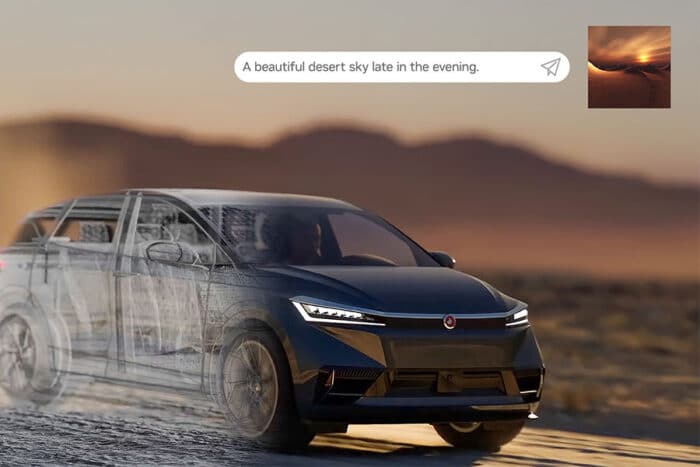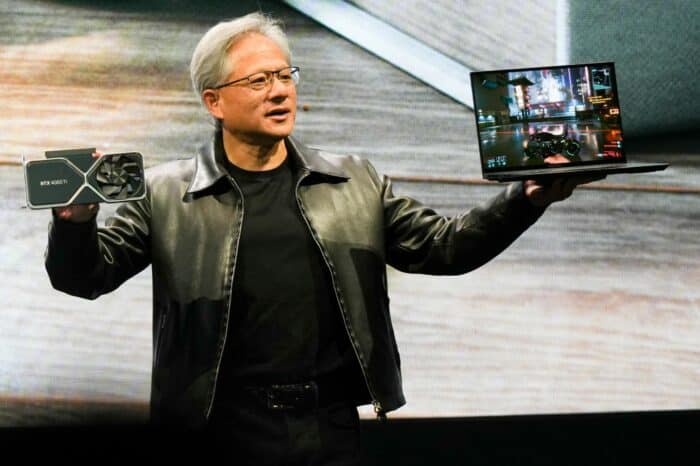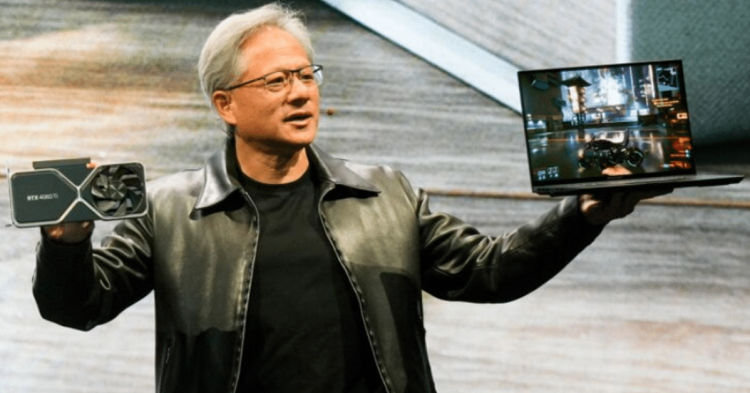NVIDIA, a computing company, and WPP, a global marketing and communications company, are collaborating on an AI content engine that empowers creative teams to produce high-quality commercial content faster, more efficiently, and on a larger scale.

The innovative engine integrates a network of 3D design, manufacturing, and creative supply chain tools, including renowned platforms like Adobe and Getty Images. This enables artists and designers at WPP to seamlessly combine 3D content creation with generative AI, unlocking new possibilities for their creative endeavors.
By leveraging this technology, WPP’s clients will have the opportunity to engage with consumers in personalized and captivating ways. This approach ensures that the brand identity, products, and logos of the companies are maintained with utmost quality, accuracy, and fidelity.
“The CEO of WPP, Mark Read, stated, “Generative AI is changing the world of marketing at incredible speed.”
“Our partnership with NVIDIA gives WPP a unique competitive advantage through an AI solution that is available to clients nowhere else in the market today. This new technology will transform the way that brands create content for commercial use, and cements WPP’s position as the industry leader in the creative application of AI for the world’s top brands.”
Utilizing NVIDIA’s Omniverse Cloud as a fundamental framework, the content engine will leverage the capabilities of AI and harness its power. Omniverse Cloud serves as a platform that enables the connection of 3D tools and facilitates the creation and operation of industrial digitalization applications.

By employing the system, WPP can establish a seamless connection throughout its supply chain, encompassing product-design data derived from software such as Adobe’s Substance 3D tools for the purpose of creating immersive and three-dimensional content.
Additionally, computer-aided design tools are utilized to produce precise digital representations, known as digital twins, that faithfully replicate client products with photorealistic accuracy.
In addition, WPP will incorporate responsibly trained generative AI tools and leverage content provided by partners like Adobe and Getty Images. This empowers their designers to generate diverse and highly detailed images based on text prompts, seamlessly integrating them into various scenes.
This encompasses the utilization of Adobe Firefly, a collection of creative generative AI models, along with exclusive visual content sourced from Getty Images. The content from Getty Images is specifically developed using NVIDIA Picasso, a dedicated platform for creating custom generative AI models designed for visual design purposes.
Using the completed scenes, creative teams have the capability to generate a substantial quantity of brand-consistent 2D images and videos suitable for traditional advertising. Alternatively, they can opt to publish interactive 3D product configurators to the NVIDIA Graphics Delivery Network, a global graphics streaming network. This allows consumers to experience these configurators on any web-enabled device.
According to WPP, the new engine surpasses existing methods that necessitate manual creation of an extensive amount of content by creatives. These current methods involve utilizing disconnected tools and systems, resulting in the need to handle disparate data.
“The world’s industries, including the $700 billion digital advertising industry, are racing to realize the benefits of AI,” said NVIDIA founder and CEO Jensen Huang who was unveiling the engine in a demo this week. “With Omniverse Cloud and generative AI tools, WPP is giving brands the ability to build and deploy product experiences and compelling content at a level of realism and scale never possible before.”
WPP’s clients worldwide will have exclusive access to the upcoming content engine.
Also Read: Top 5 Places Where Artificial Intelligence Was Used To Boost Brand Campaigns
















